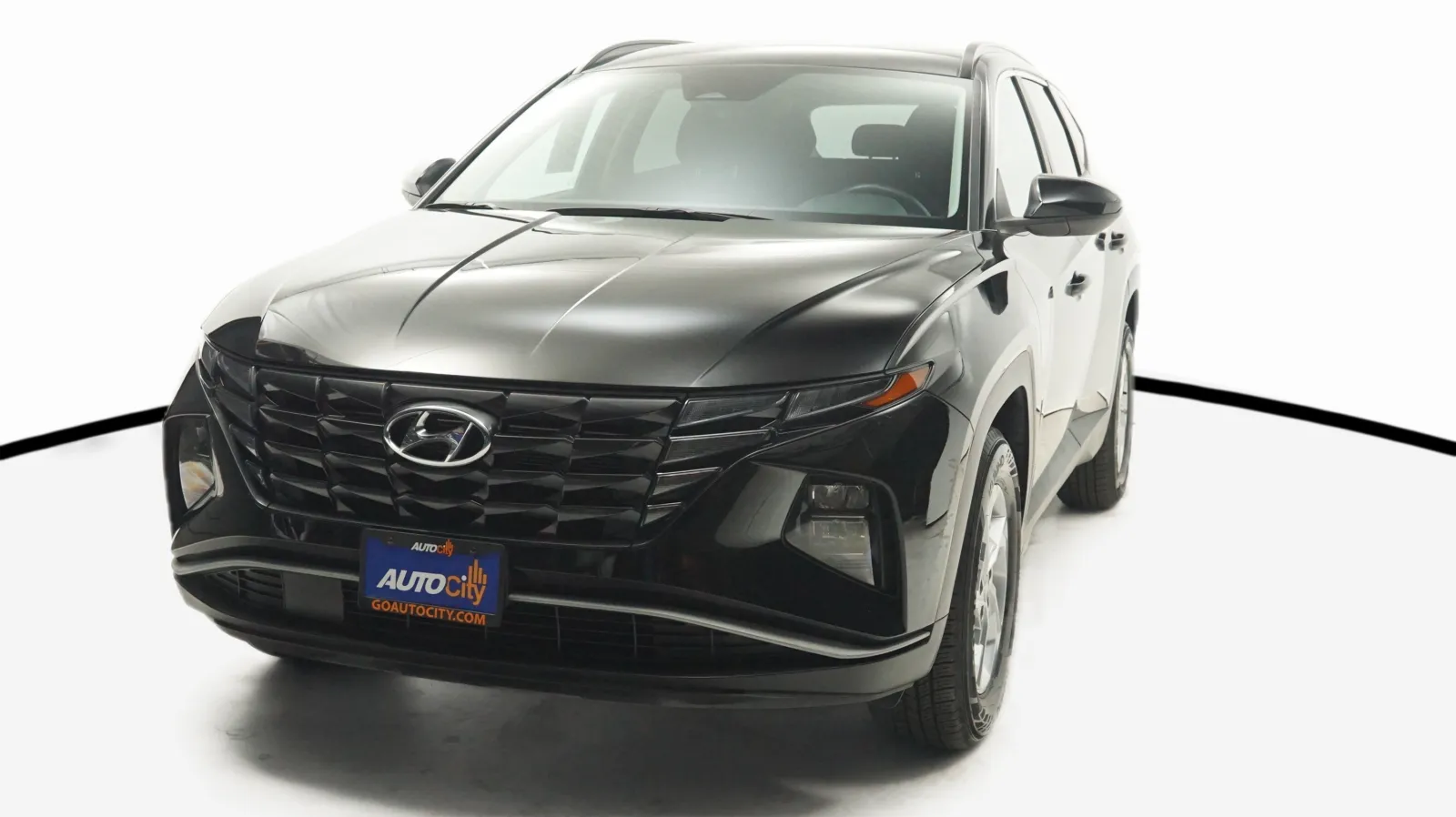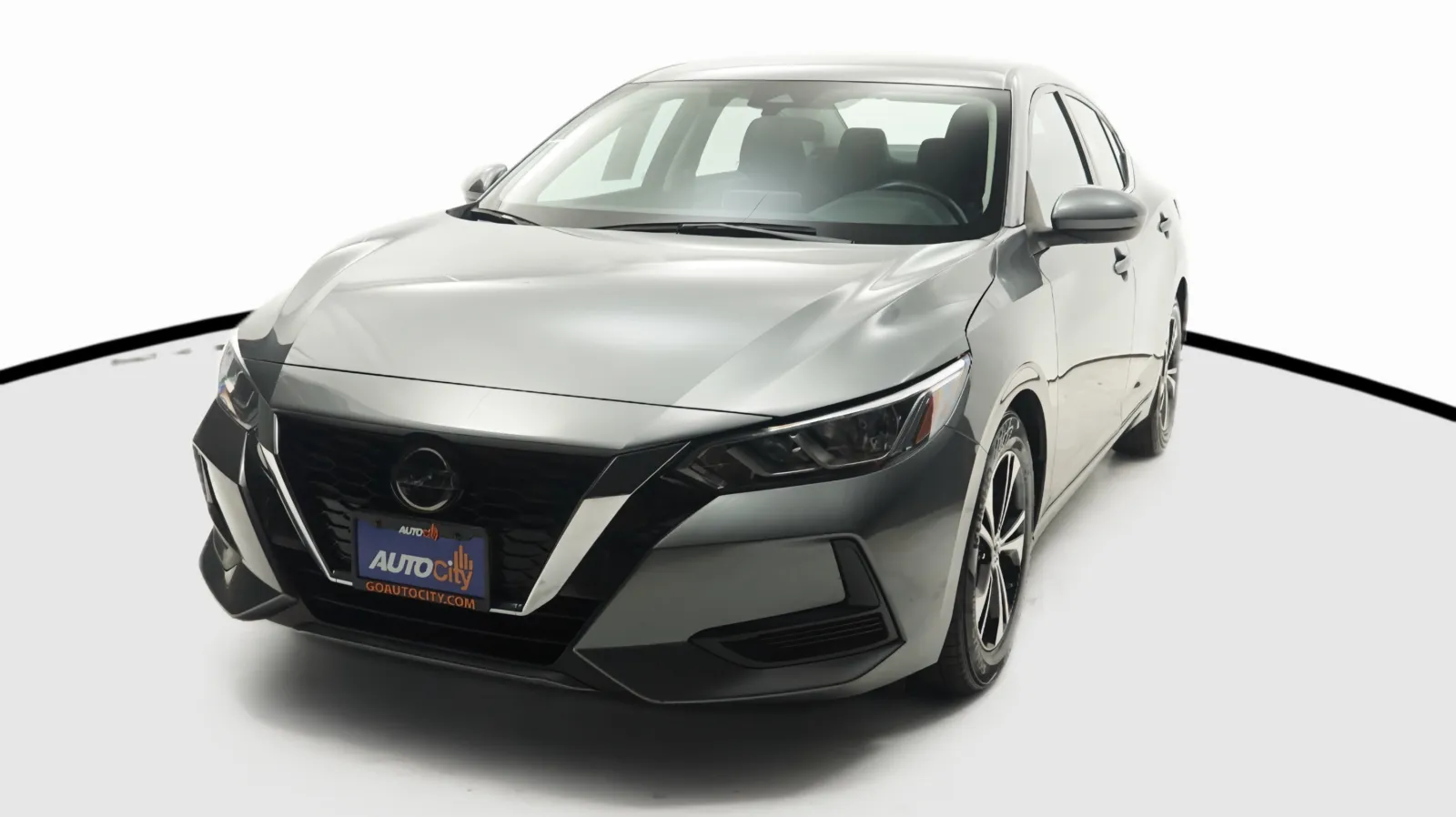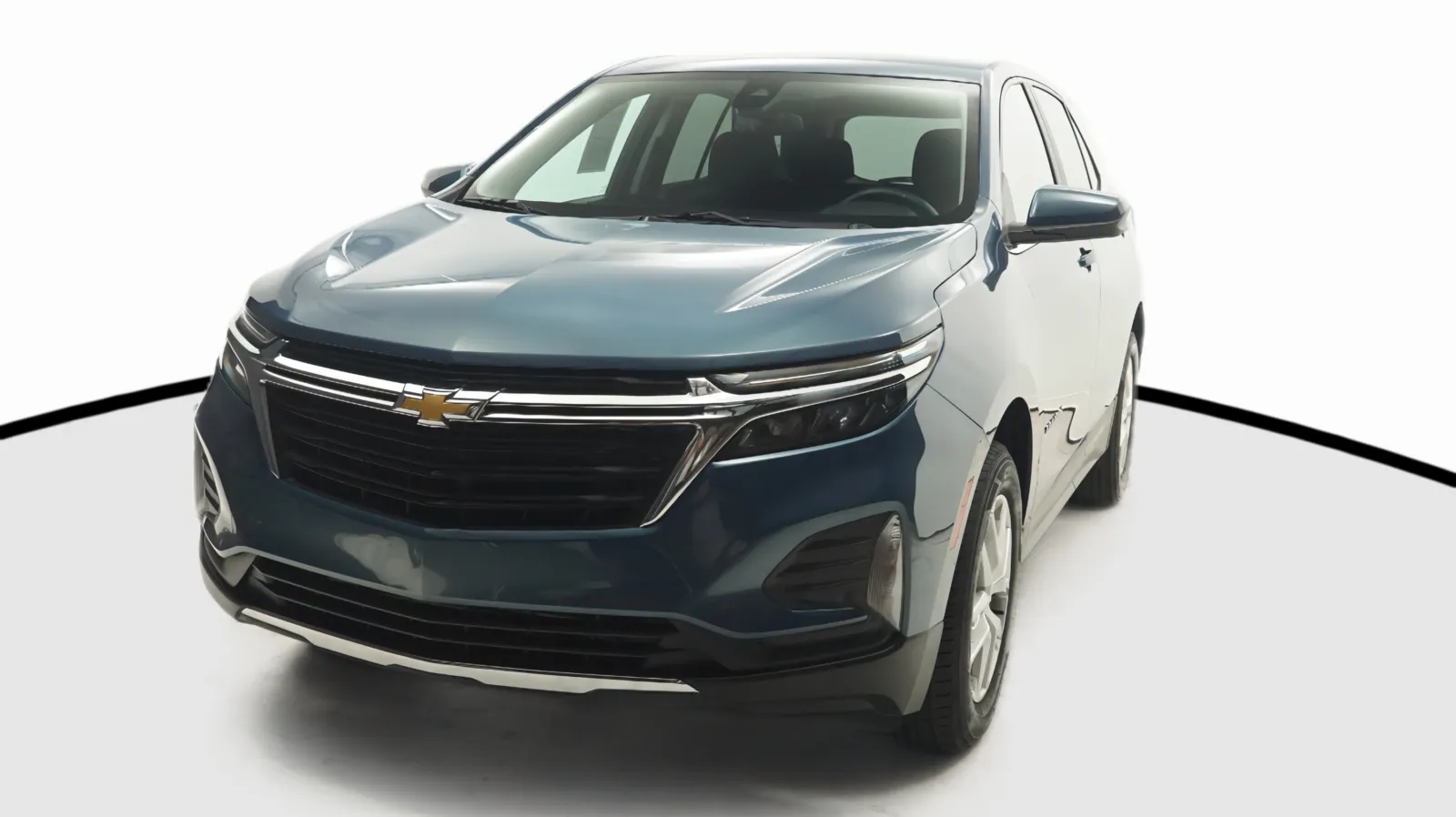Fuel Economy Fact and Fiction
Table of Contents
- Fuel Economy Fact and Fiction
- FICTION: There are Mechanical Gadgets That Boost Mileage
- FICTION: Higher Octane Gasoline Improves Fuel Efficiency
- FICTION: Manual Transmission Vehicles are More Fuel Efficient
- FICTION: The Air Filter Affects Fuel Economy
- FICTION: Fuel Additives Can Increase MPG
- FACT: Hypermiling Can Improve Fuel Economy
Fuel Economy Fact and Fiction

The highest prices for gasoline are almost always being paid by drivers in the state of California. Right now the average price of gasoline in the state is around $3.80/gallon, though it’s well above $4/gallon in Los Angeles. Lots of people are looking for ways to get more miles out of every gallon of gas they buy. But this is when you need to bust myths and learn the truth. This article will separate fuel economy fact from fiction so you know what really works.
FICTION: There are Mechanical Gadgets That Boost Mileage

This one requires a little bit of clarification. There are “plug-in” devices that give you better readouts than your dash displays about how you drive your car, and driving in specific ways can improve fuel economy. Anything that helps you focus on how you drive could help you improve your gas mileage. But then there are all these other devices that will supposedly improve your fuel economy by doing strange things such as using magnets to break up clumped fuel molecules, clamping ionizers to your spark plugs to increase combustion efficiency, plugging a device into the cigarette lighter to “smooth out noise” in the electrical system for greater efficiency, and things that are supposed to achieve a better mix of fuel and air. None of them work.
Consumer Reports has evaluated three of these devices here and shown that they do not improve fuel economy at all, and in some cases actually worsen it. Popular Mechanics has also looked at lots of these over the years and found they don’t work, and in some cases damage your engine or run the risk of setting your car on fire! AARP has a great article about these devices here . Don’t waste your money on these pipe dreams.
FICTION: Higher Octane Gasoline Improves Fuel Efficiency

Not so! There are usually three different octane levels at most gas stations, such as Regular, Plus, and Premium or something similar for corresponding octane ratings of 87, 89, and 93 (or anywhere from 90-93). All this octane rating means, according to the US Department of Energy is “…a fuel’s ability to resist ‘knocking’ or ‘pinging’ during combustion, caused by the air/fuel mixture detonating prematurely in the engine” ( source ). It has nothing to do with fuel economy.
Your car was designed to use a particular grade of gasoline, and that’s what you should use, so check your owner’s manual. For most drivers, it’s going to be 87-octane gas or “regular.” If you use a higher-grade gasoline than what your owner’s manual calls for, you’re just wasting your hard-earned dollars. The only exception to this general rule is if you’re towing a heavy load and it’s hot out. In that case, a higher-octane fuel might help, but how often do you do that?
FICTION: Manual Transmission Vehicles are More Fuel Efficient

This used to be true, but not anymore. The more recent technological advances in automatic transmissions has all but eliminated the difference in fuel economy between automatics and stick shifts.
FICTION: The Air Filter Affects Fuel Economy

This was true back in the days of carbureted engines, but is no longer true. In newer cars, the computer system automatically adjust the fuel-air ratio, and having a dirty air filter doesn’t change that. While changing the air filter won’t boost fuel economy, it does affect overall engine performance and longevity, which is why you should still do it at the recommended intervals.
FICTION: Fuel Additives Can Increase MPG

These additives tend to be marketed as a way of increasing fuel economy, reducing emissions, or both. Except for one notable product, they are without a doubt a waste of your money because they do not work according to their claims. As mentioned before, you car’s computer controls the combustion of the fuel very carefully – and it’s designed to do that for the recommended fuel type. Start messing around with that fuel by adding things to it and you could really screw things up. The one exception to this is an additive to clean your fuel injectors. If they’ve gotten a bit gummed up, that’s the one additive that could improve your fuel economy.
FACT: Hypermiling Can Improve Fuel Economy

Yes, hypermiling is a thing. It’s a whole collection of techniques people use to significantly improve their fuel economy when driving. Most are relatively simple and work. A few a more controversial. Here’s a summary of the most common hypermiling tactics:
- Vehicle maintenance: The absolute foundation of hypermiling is following the service schedule for your vehicle so it is well-maintained and tuned up.
- Tire pressure: Properly inflated tires, again following the owner’s manual, are also key to fuel economy. This is something you should check way more frequently than only at your oil change interval. And don’t rely on tire pressure sensors – those are only going to tell you when something is way of whack.
- Wheels: Your wheels also need to be properly aligned and balanced.
- Weight: The excess weight you have in your car, the lower your fuel efficiency, so don’t be in the habit of carrying around a lot of extra stuff in your car that you don’t need.
- Coasting: Coasting whenever possible is good – but never in neutral, which is not only dangerous and counterproductive, but illegal in most places. In newer cars, when you take your foot off the accelerator, the fuel injectors shut down, so you’re using almost no gas at all. If you shift into neutral for coasting downhill (again, this is illegal in most places) the engine goes into idle mode, which actually uses up more gas than coasting in gear!
- Cruise control: This one is tricky because it depends on terrain. A constant speed is best for fuel economy, so this is great if the terrain you’re driving is flat. If it’s hilly, though, pay attention to how hard your cruise control accelerates to maintain speed. If it’s way more than you would apply when driving without cruise control, you’re better off managing it yourself on a significant uphill. Let yourself go slower uphill to use less gas
- Less idling: If you’re going to be stopped longer than a minute, turn your car all the way off to save fuel. Note – fuel-wasting idling includes letting the car run to warm it up.
- Less air conditioning: Blasting the AC definitely decreases fuel economy. If you really need it, cycle it on an off, meaning the AC, not the air. When you turn off the AC, the system will continue to blow cooler air for a few minutes.
Note here that the practice of “drafting” behind larger vehicles for less wind drag is considered unsafe because you’re following too closely behind the vehicle in front of you and won’t have enough room for reaction time if something goes wrong with the vehicle ahead.
If you’re in the market for a better or more fuel-efficient high-quality used car in the greater San Diego area, come on out to Auto City in El Cajon to see how we do things differently. Our superior selection of 200+ vehicles are all carefully curated for being in great shape with low miles so you’ll enjoy driving it for years to come. Our perfect pricing policy means we give each car a competitive up-front firm price so you never have to haggle or negotiate. We also offer a 3-day money-back guarantee so if have second thoughts within that time, you can get a full no-questions-asked refund. And when it comes to financing, you won’t find any used car dealership that rocks at car loans like we do. Check out the rave reviews from satisfied customers and see for yourself why it’s time for you to discover the Auto City Advantage !











